Although Reebok never really left, and a huge presence in Crossfit keeping the company in stores and on the minds of athletes, its market share in running has taken a hit in recent years. With shoes like the Floatride Run, Reebok is putting its name right back into the mix of high performers. Let’s go…
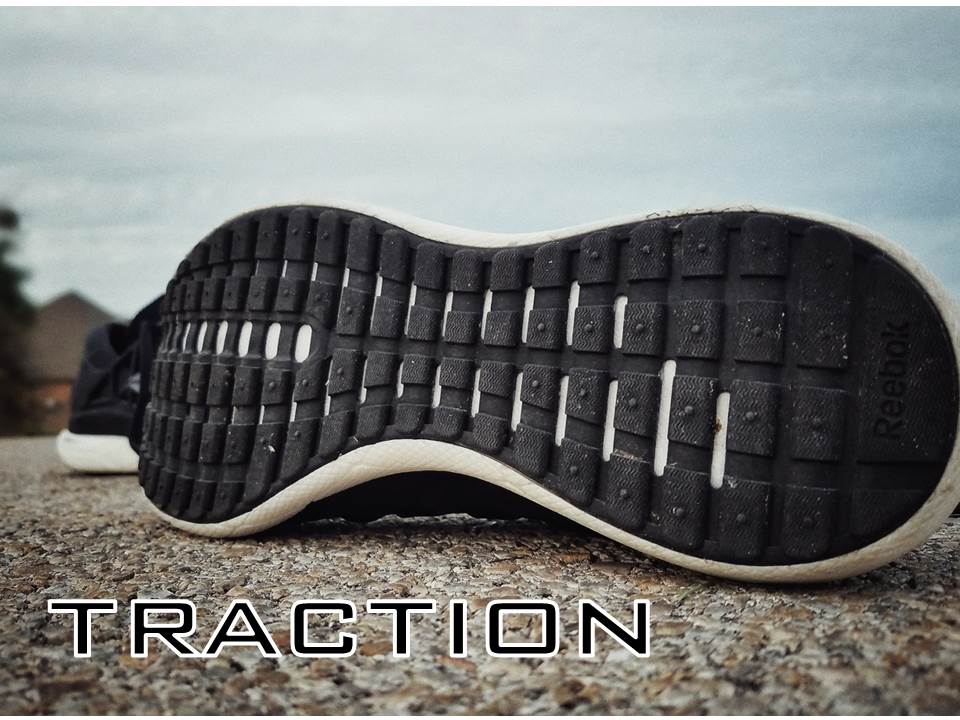
On dry pavement and concrete, the Floatride Run works great. The pattern is thick but not stiff, with enough cutouts across the sole to leave the shoe flexible and easy to stride in.
The black rubber is typical running rubber — grippy and durable and just the right middle road between too hard and too soft. It wears extremely slowly (this picture was taken after four weeks and around 70 miles) and shows no signs of going bad anytime soon. The spaces in the outsole do pick up rocks so if you take the Floatride off-roading you will pick up some small travelers.
On wet surfaces, be careful. Slipping did occur on both wet concrete and metal (drain grates and manhole covers) in just a little rain, so if you choose to run outside in the rain make those steps count.
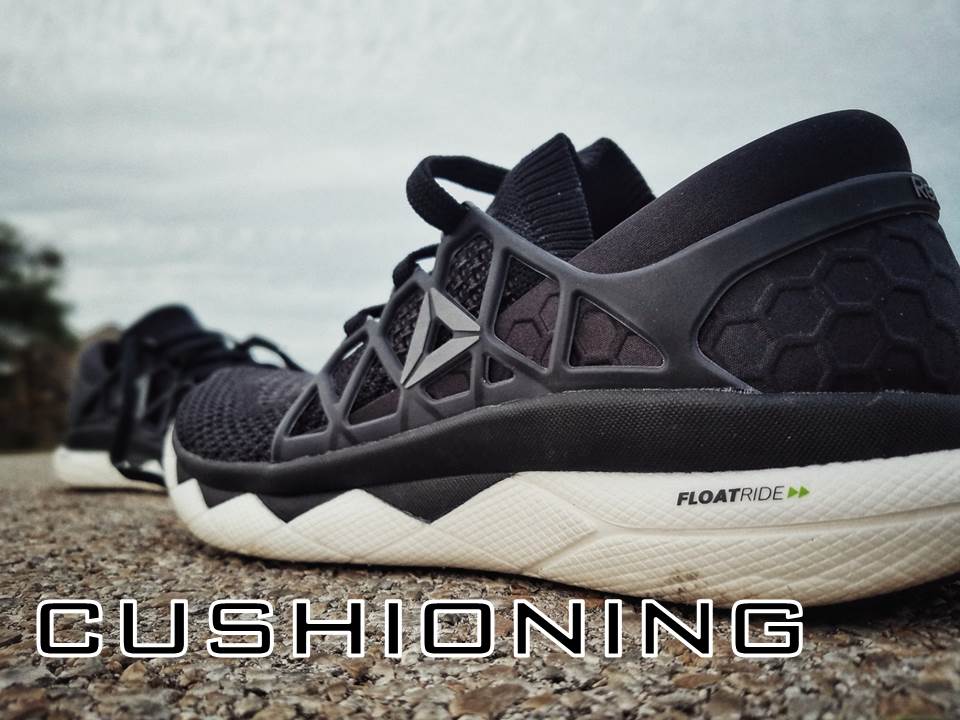
Ladies and gentlemen, we have a winner!!! What, you didn’t know there was a contest? For the last four years, companies have been looking for the answer to Boost. Here it is, which makes sense, if you know the relationship with adidas and Reebok.
Floatride Foam is light and bouncy and it provides instant response and feedback. When you press down, you are met with a slight sinking feeling, and then the foam reaches maximum compression, based on your weight, and it bounces right back into form propelling you into your next step.
So far, it is durable, with no noticeable drop in feel or performance. There is a thin insole sitting on top of a padded strobel board that lends to some of the initial bounce, but trust — this Floatride Foam is the real thing. The weight is the surprise; where most of the leading foams tend to leave a shoe feeling bottom-heavy, the Floatride Run feels extremely balanced and light from heel to toe, top to bottom.
One additional note: the black areas you see in the pictures are a stiffer EVA support rim, keeping the bounce from becoming unstable and, honestly, dangerous. Too much bounce and your steps will feel wobbly and unsupported. The EVA is a bit of a damper between blasting off and being dead in the water.
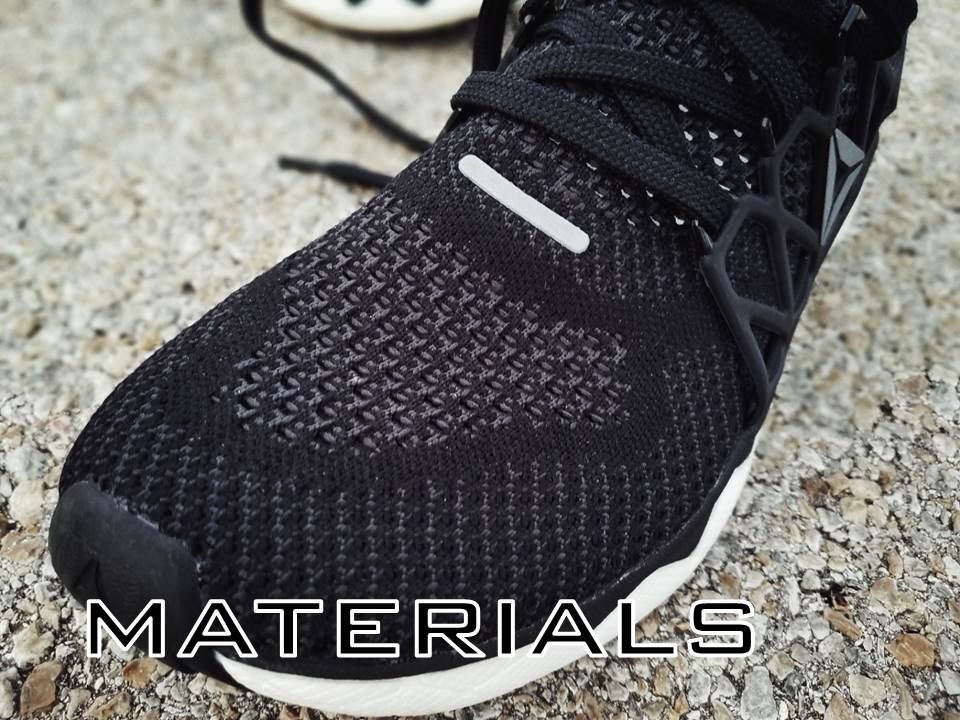
Ultraknit may look familiar, and going back to the adidas connection, it makes sense. The Floatride Run’s upper, at least the mid-and forefoot, is soft, stretchy, and oh-so-comfy. The darker areas are knitted tighter for a little additional fit and support, but overall, the upper is just a comfy sock.
The throat has sewn-in elastic for additional help with fit. I’ll be honest, this is the closest thing to Primeknit on the market; it’s a true knitted material that forms and stretches with the foot through all ranges of motion and movements while still keeping performance at a high standard.
The heel area is neoprene and lined with hexagonal dimples for comfort and to eliminate heel slip. The mold was made by a leading sports bra manufacturer and the material feels great with socks or barefoot. The plastic support cage is thin and flexible and had no hotspots ever — it’s amazing when a plastic cage, coupled with a knit upper, still feels great laced tight.
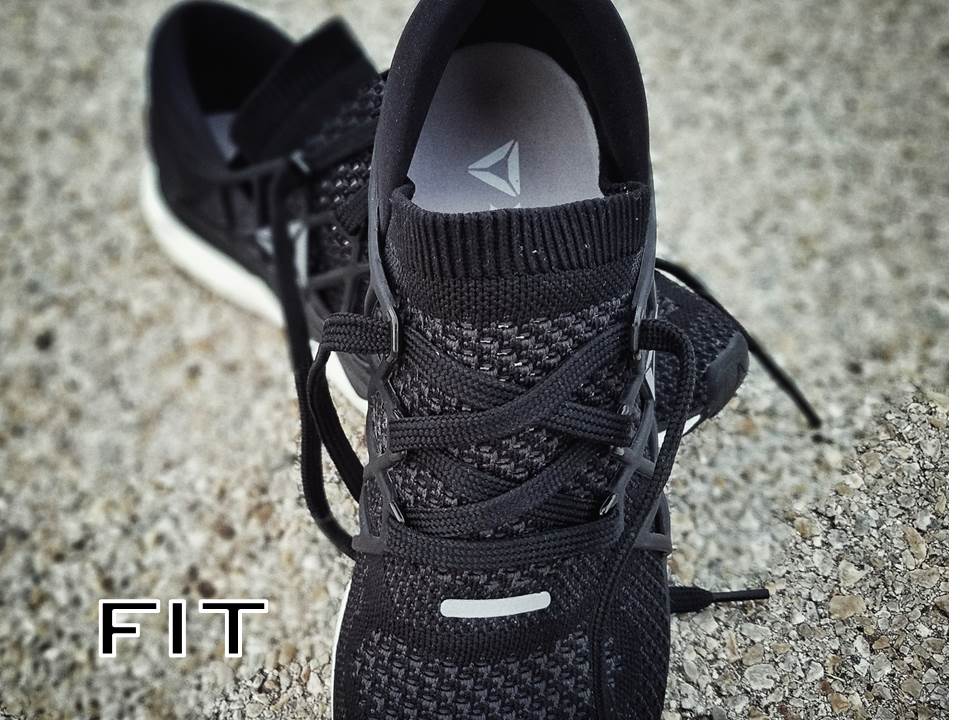
Again, knit uppers change the game when it comes to fit. It is nearly impossible to screw up fit when the shoe is literally a sock (some have screwed it up, but it is hard). On the Floatride Run, the knit stretches and fits perfectly around any width, except for extreme Shrek feet, and is pulled in by the cage if you have extremely skinny feet. Once on, it’s a secure blanket wrapped in comfort.
The heel is locked in by the “heel bra.” Even though there is no real heel counter, the cage from the midfoot wraps around the top of the heel and pulls the shoe together around the heel leaving heel slip in the rearview. The way the heel comes up and over the foot did cause a little chafing and discomfort through the first three or four miles but the material broke in quickly and no blisters or rubbing came up again.
As for length, whatever size you wear in your normal running shoes should be fine. A 10.5, my normal size, left about an index finger’s space between my big toe and the end. The Reebok says go half down, but true to size worked for me.
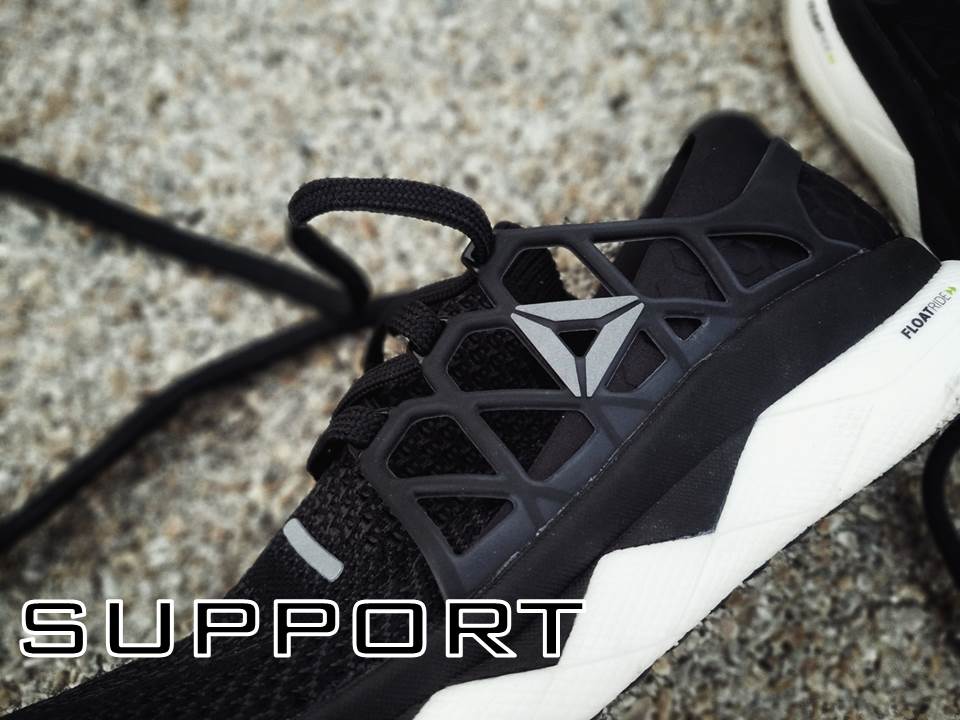
A fast, minimal upper is not really screaming support, but for a neutral racer, well…I’ll stop now. The support is lacking. The heel counter is missing, the forefoot has no shank or support structures, and the upper is a sock. And that’s okay! If you want support then this shoe is not for you.
However, the sole is stable and the fit is perfect, so if you are looking for a fast ride for distance and can handle no support structures, here you go. The EVA bumper around the base of the upper does provide a little lateral support if you happen to land on uneven pavement or end up in some rough terrain, but for the most part, you are on your own.
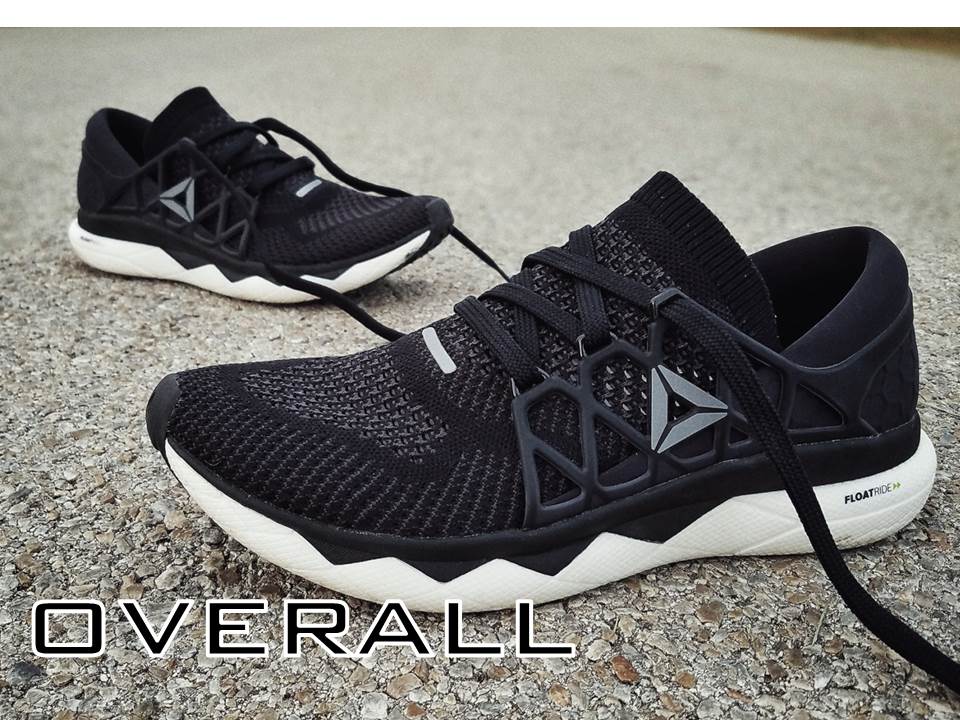
Reebok was known in the late ’80s and early ’90s as a serious running company, on par with Asics, Brooks, and New Balance. Its focus shifted to basketball in the mid-’90s, and now that the brand is focused on Crossfit, the running branch fell by the wayside with stale designs and bulky uppers. No more.
The Reebok Floatride Run is sleek, light, and supremely cushioned in a way that will make almost everyone happy. Look at the Floatride Run if you enjoy low-riding, responsive, bouncy cushion in a knit upper with great fit. If you are a pronator or need extra midfoot support, nada — keep looking.
Reebok has been out of the game when running performance has been mentioned, but with shoes like the Floatride Run, it is on the fast road back into prominence.
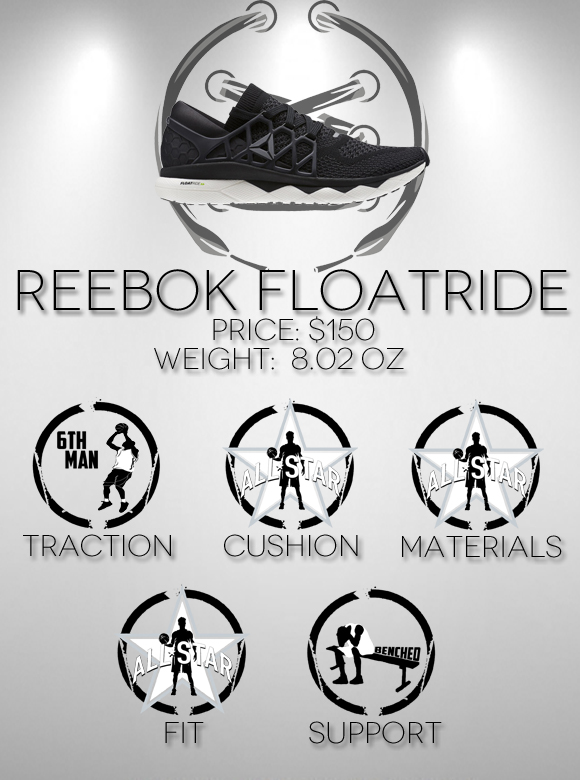

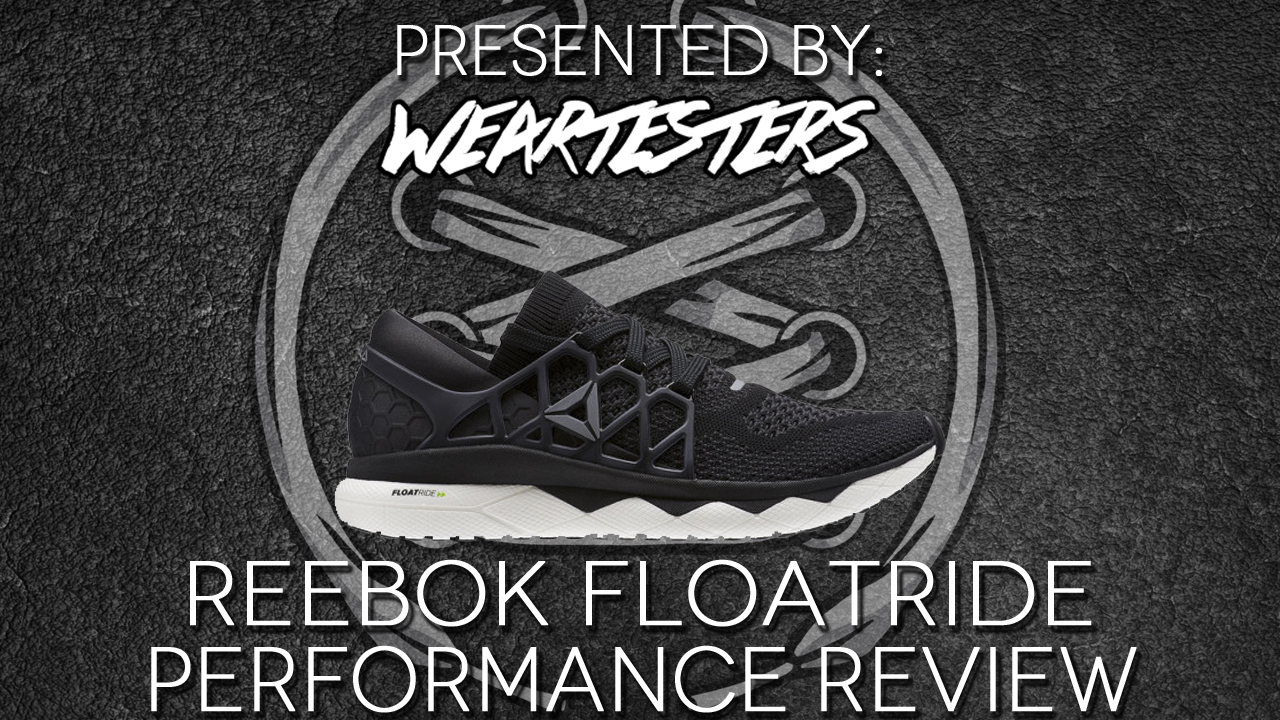
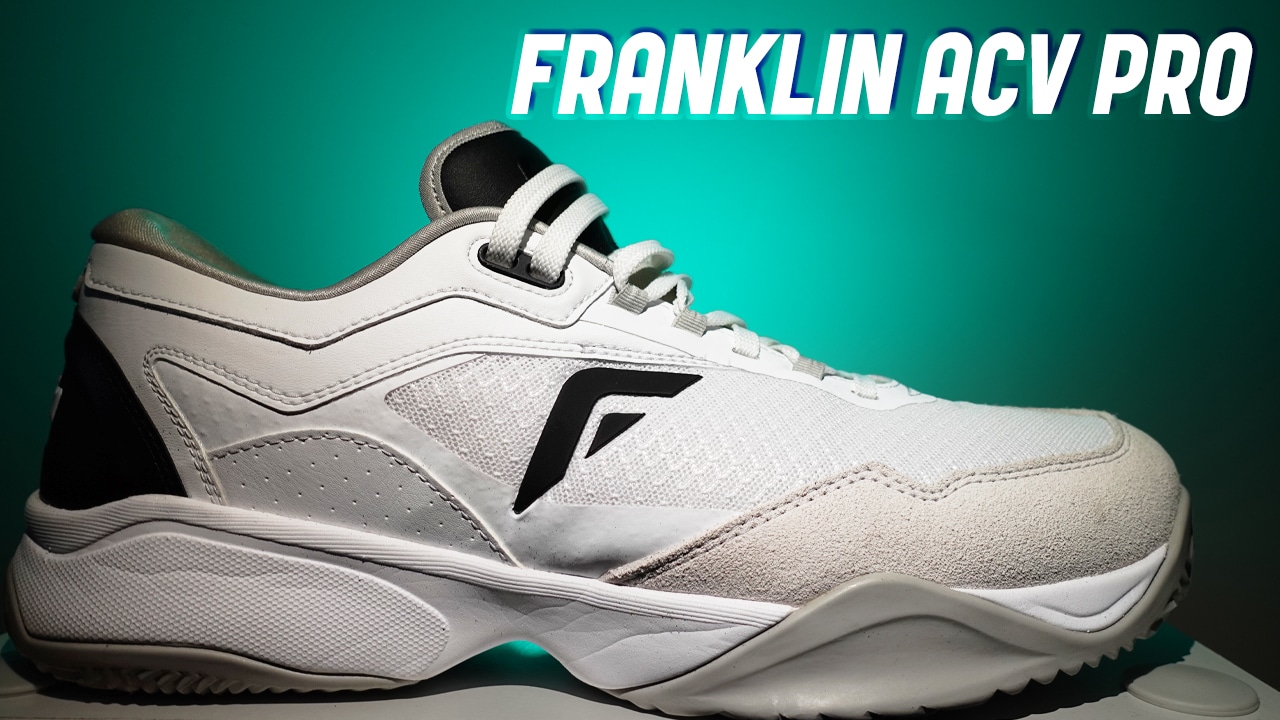
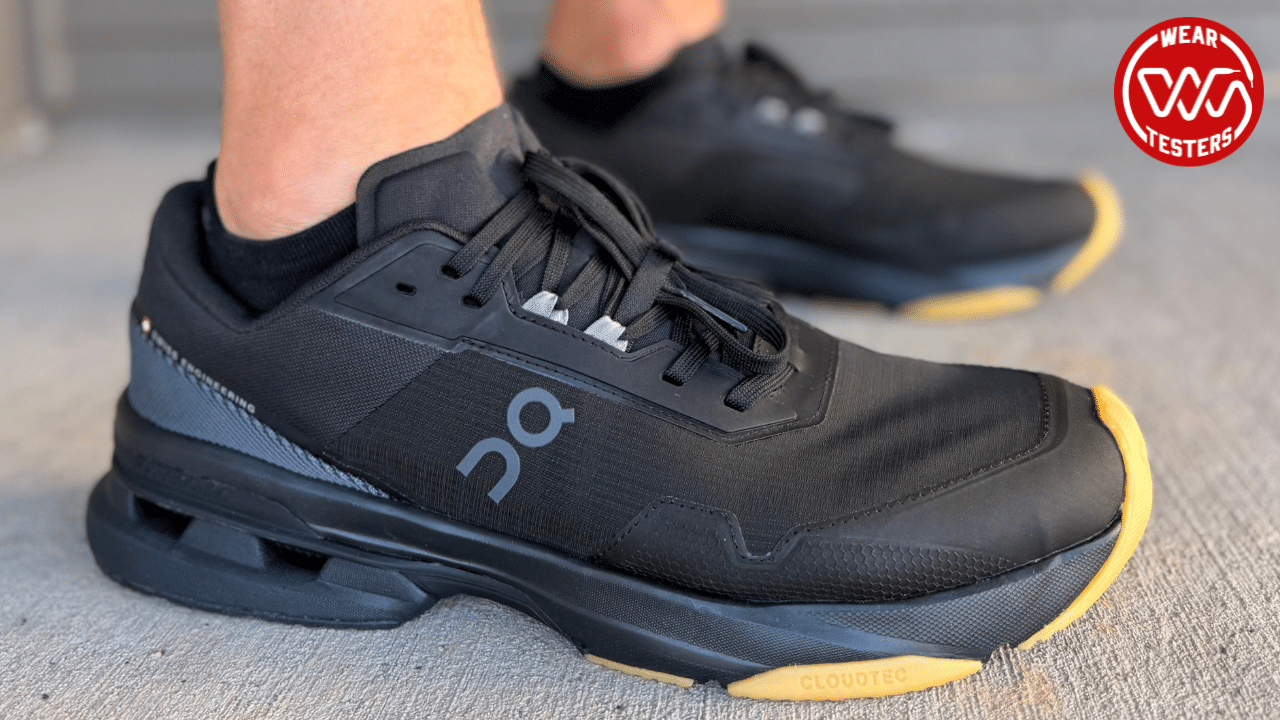
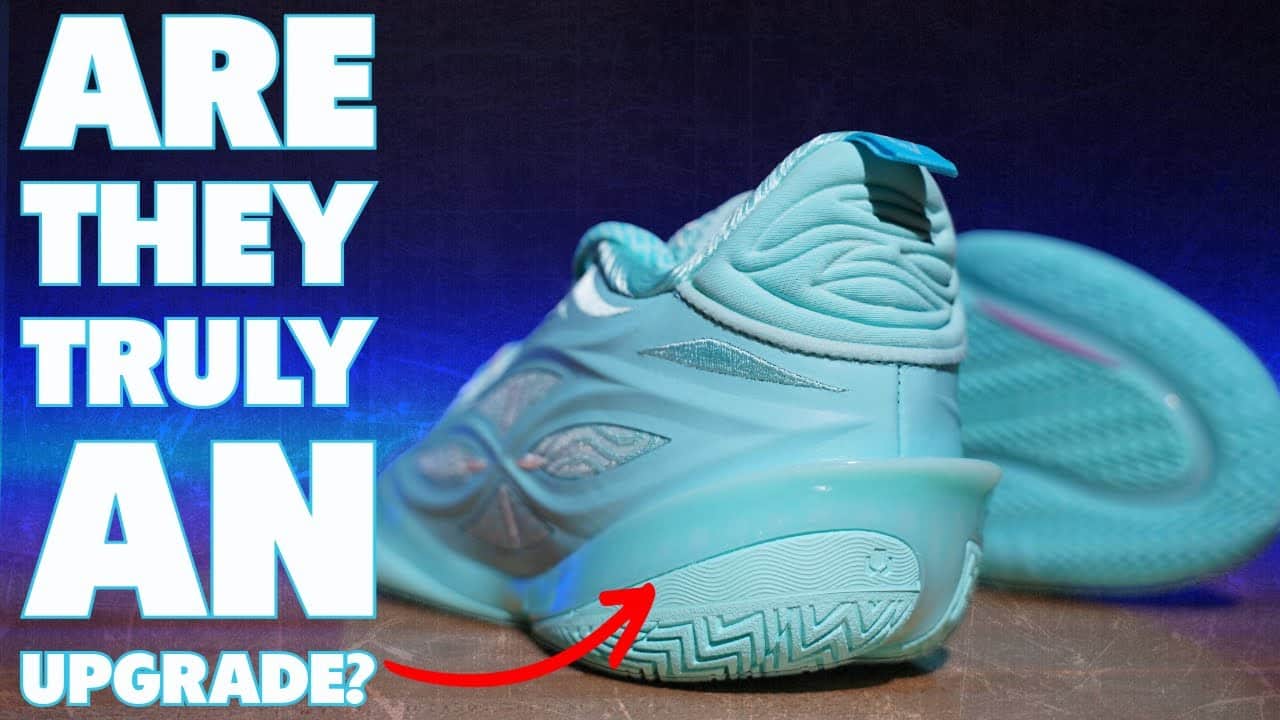
Thanks for the detailed review!
I’ve been wanting this shoe bad… just holding out for a bit of a discount if by chance they pop up on these!
Check out holabird sports, they’ve got them for 110 right now i this black colorway! but don’t take all the size 9.5 cuz I still might get these as well 🙂